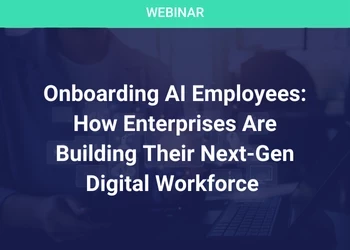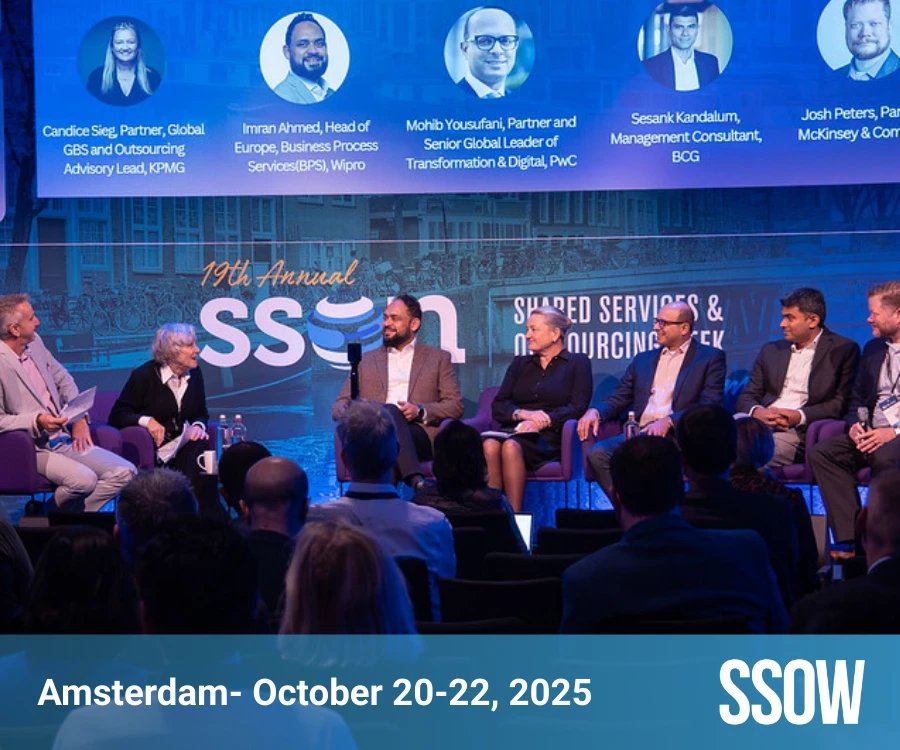5 Checks to Ensure Your IT Infrastructure is Future-Proof
Add bookmark
The biggest challenge for every CIO/CTO is to provide adequate technological capabilities to their organizations. This was true before the rise of AI, and it is more so after the AI “arms race” started, especially on the Generative AI front.
The absolute basis for any successful and sustainable AI-related strategy is an infrastructure where you can deploy the different engines, platforms and applications that go with it– whether it is cloud-based or not. It needs to check five dimensions without which, in my opinion, any organization that is serious about riding the AI wave will struggle to adapt and thrive:
- Scalability and Flexibility
- Modularity and Adaptability
- Data Management and Storage
- Security and Compliance
- Integration and Interoperability
So, buckle up, and let us go a bit deeper on each of these dimensions.
Scalability and Flexibility:
AI workloads are highly dynamic, often requiring rapid scaling of compute, storage, and networking resources. Future-proofing IT infrastructure means ensuring it can scale seamlessly to accommodate increasing data volumes and fluctuating demand. Before the disruption brought by Deepseek, scaling only meant more and more computing power. As model optimization is now on the table, it can mean also scaling down. Flexible, modular architectures—such as those enabled by cloud platforms, containerization and SD-WAN—allow organizations to adapt quickly without breaking the bank or getting stuck with monolithic piles of metal in a basement somewhere.
Modular and Adaptable Architecture:
A modular infrastructure design is essential for long-term AI success. The Swiss-army Knife of AI tools do not all require the same technological capabilities. Although there is a common set of infrastructure to deploy and make available modular systems enable organizations to mix and match components, rapidly prototype, and iterate AI projects as needs evolve.
Data Management and Storage:
AI initiatives generate and rely on vast amounts of data, making robust data management and scalable storage solutions indispensable. Future-proof IT infrastructure must support efficient data ingestion, storage, retrieval, and governance to ensure high data quality and compliance. Distributed and cloud-based storage systems are particularly valuable, as they provide the scalability and speed required for AI workloads while supporting global access and disaster recovery.
Security and Compliance:
AI systems often process sensitive and regulated data, making security and compliance fundamental. Future-ready infrastructure should incorporate advanced security measures—such as encryption, identity management, and continuous monitoring—to protect against evolving threats. It must also facilitate compliance with industry and regional regulations, ensuring data integrity and reducing the risk of breaches or legal penalties.
Integration and Interoperability:
AI should not exist in a silo and will not replace all your legacy systems. This is particularly visible in manufacturing, where decades-old machinery has decades-old interfaces running on decades-old operating systems. Ensuring interoperability between these legacy systems, cloud services, and new AI tools is critical. This may require adopting open standards, APIs, and middleware that enable seamless data and workflow integration across diverse platforms, supporting both current operations and future expansion.
All the above dimensions are crucial and neglecting any of them might have dire consequences for any organization. But there are a couple of keywords common to almost all of them: flexible and scalable. We live in a fast-paced environment and each decision we make when it comes to IT infrastructure must have those keywords in mind.
To navigate what seems like an endless loop of concept proofing, prototyping, and testing, IT infrastructure must be able to keep up with the “fail fast, recover faster” mindset which can mean discarding or increasing significant amounts of technological capabilities in a short period of time.
Also beware of the cloud “siren song.” It is true cloud-based infrastructure provides a lot of flexibility and scalability but that can come at a huge cost, and not only financial. For all the hyper-scalers, lower cost only comes with predictability and a stable set of capabilities. The “pay as you go” plans might be valuable for short-term proofs of concept, but their cost is unbearable for long-term projects. At some point you need to stop “failing and recovering” and have a stable project that can endure for a few years.
Hybrid setups that mix cloud and on-prem infrastructure can also be a way to go. Edge computing, for example, which mixes local storage and computing with a more powerful cloud solution, can solve latency issues, reduce the need for large network bandwidth and also mitigate some of the security concerns when using pure cloud-based systems, particularly on an IoT environment.
From all of the above, I think it is clear to see that finding the right balance between stability and flexibility is probably the key. Having a clear strategy that makes it easier to understand what the organization’s needs will be, is paramount for any successful infrastructure planning.
That clarity makes it possible to have a roadmap, even in an ever-changing world like ours. Roadmaps can be adapted and flexible, but they still need to exist. What IT infrastructure needs is to be planned in the same way.
Easy, right?... To gain more insights from our SSO Network, please join us for our upcoming Intelligent Automation World Series.


































